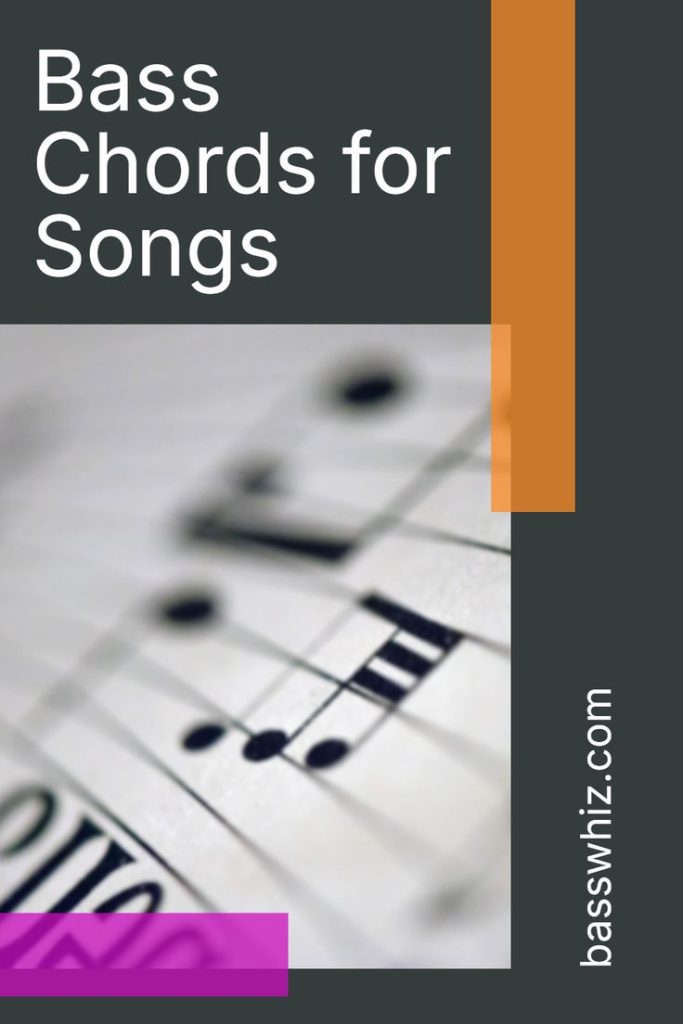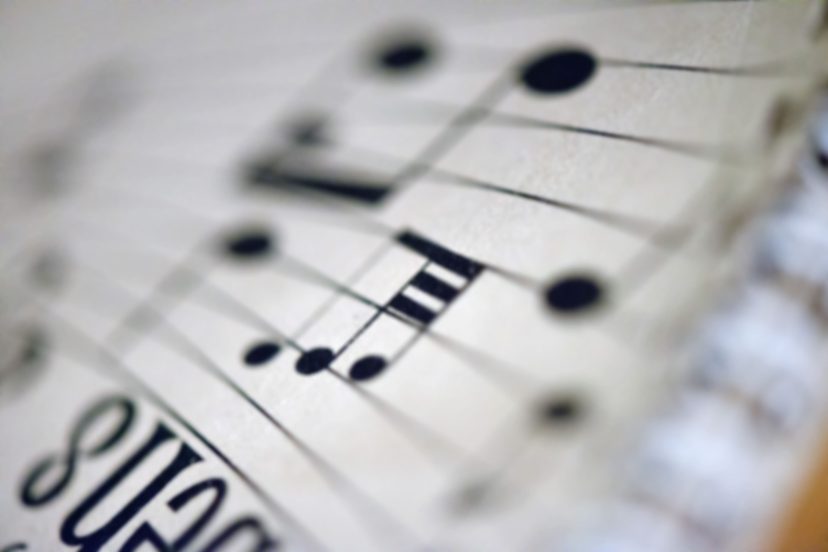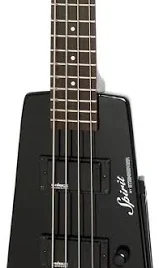Bass Chords for Songs
Introduction
Have you ever wondered if bass chords can elevate your playing and make your bass guitar sound fuller? Well, they absolutely can! As a bassist, you might think your job is just holding down the groove. But by learning bass chords, you add depth and harmony to your playing. Let me walk you through everything you need to know to get started and enhance your musicality.
The Basics of Bass Chords
What Makes Bass Chords Unique?
Unlike guitar chords, bass chords focus on a lower range of frequencies. Since the bass has fewer strings, chords sound deeper and more resonant, often played with fewer notes.
Difference Between Bass Chords and Guitar Chords
Guitar chords usually involve strumming multiple strings at once, creating a bright and full sound. In contrast, bass chords use selective notes—typically two or three—to avoid muddiness.
Buy Bass Chords books on Amazon
Getting Started With Bass Chords
Essential Chords for Beginners
If you’re new to bass chords, start simple:
- Power Chords (Root-5th)
- Major and Minor Triads
- Octave Chords
These foundational chords will help you play most songs without overcomplicating things.
How to Play Bass Chords Correctly
Proper finger placement is key. Use your index finger for the root note and your ring finger or pinky for the 5th or 3rd. Make sure to press firmly for clean tones.
Simple Bass Chords for Songs
Open Chords on the Bass
Using open strings can make your bass chords ring clearly. Try chords like E5 or A5 to get started.
Root-5th Chords (Power Chords)
Power chords are a staple in rock music. For example:
- E5: Play the open E string and the 2nd fret on the A string.
- A5: Play the open A string and the 2nd fret on the D string.
These chords are easy to play and sound powerful.
Progressing Beyond Basic Chords
Adding Thirds and Sevenths
To make your bass chords more complex, add the 3rd or 7th note of the scale. For example:
- Major 7th Chords: Root + 3rd + 7th
- Minor 7th Chords: Root + Flat 3rd + Flat 7th
Using Inversions for More Variety
Inversions involve changing the order of chord notes. Instead of starting with the root, you can begin with the 3rd or 5th to create a fresh sound.
How to Practice Bass Chords
Finger Position and Dexterity Exercises
Practice switching between chords to build speed and accuracy. Use scales like the C major scale to move through chords smoothly.

Switching Between Chords Smoothly
Focus on minimizing movement. Keep your fingers close to the fretboard and aim for a clean sound.
Bass Chords in Different Genres
Rock and Punk Songs
Rock songs often rely on power chords for an energetic feel.
Funk and R&B Grooves
In funk and R&B, bassists use chords to complement rhythmic patterns, creating a groove-heavy feel.
Jazz and Blues Harmony
In jazz, bass chords often include 7ths and 9ths, adding harmonic depth to the music.
Top Songs to Practice Bass Chords
Beginner-Friendly Songs
- “Smoke on the Water” by Deep Purple
- “Seven Nation Army” by The White Stripes
Intermediate-Level Songs
- “Under Pressure” by Queen
- “Feel Good Inc.” by Gorillaz
Advanced Songs for Experts
- “Teen Town” by Weather Report
- “Portrait of Tracy” by Jaco Pastorius
Buy Bass Chords books on Amazon
Tips for Playing Bass Chords Live
Sounding Clear in a Band Mix
When playing live, use fewer notes in your chords to avoid clashing with other instruments.
Avoiding Muddy Tones
Stay in the higher frets when playing chords. This ensures clarity and prevents muddiness.
Tools and Accessories for Playing Bass Chords
Using Effects Pedals for Chords
Chorus and reverb pedals can make your bass chords sound richer and more expansive.
Choosing the Right Bass Guitar
A short-scale bass guitar can make it easier to play chords, especially if you have smaller hands.
Mistakes to Avoid When Playing Bass Chords
Overplaying Chords in a Song
Bass chords should enhance the song, not overwhelm it. Use them sparingly.
Ignoring Proper Finger Positioning
Bad technique leads to sloppy playing. Focus on clean execution.
Advantages of Learning Bass Chords
Enhancing Musicality and Understanding Harmony
Chords give you a deeper understanding of harmony and composition.
Standing Out as a Bassist
By incorporating chords, you’ll stand out in a band and bring something unique to the table.
How to Write Your Own Bass Chords for Songs
Finding the Right Root Notes
Start with the song’s key and build chords from the root notes.
Experimenting with Chord Progressions
Try common progressions like I-IV-V or ii-V-I to write your own bass chord parts.
Conclusion
Playing bass chords can transform your approach to the bass guitar. Whether you’re just starting out or an experienced player, incorporating chords adds harmony, texture, and depth to your music. Start slow, practice consistently, and before you know it, you’ll be creating beautiful, chord-driven basslines that elevate any song.
FAQs
- What are bass chords, and how are they different from regular guitar chords?
Bass chords are combinations of notes played on the bass guitar to outline harmony or add richness to a song. Unlike regular guitar chords, bass chords are often simplified and played in a lower register to avoid muddy sounds. - Can I use bass chords in any song?
Yes, bass chords can be used in any song, but they work best in slower or more spacious arrangements where there’s room for harmonic experimentation without overpowering the mix. - What are some common types of bass chords I can start with?
Beginners can start with simple power chords (root and fifth), dyads (two-note chords), and triads (root, third, and fifth) to provide harmonic support without sounding too heavy. - How do I know which bass chords to play in a song?
Start by identifying the song’s key and the chord progression. Use the root notes of the chords as a foundation, and build bass chords around those while experimenting with intervals like thirds and fifths. - Do I need to use bass chords in every part of a song?
No. Bass chords are often used sparingly for emphasis, such as in intros, choruses, or breakdowns. Most bass lines rely on single notes for rhythm and groove, while bass chords can add harmonic depth when needed.




